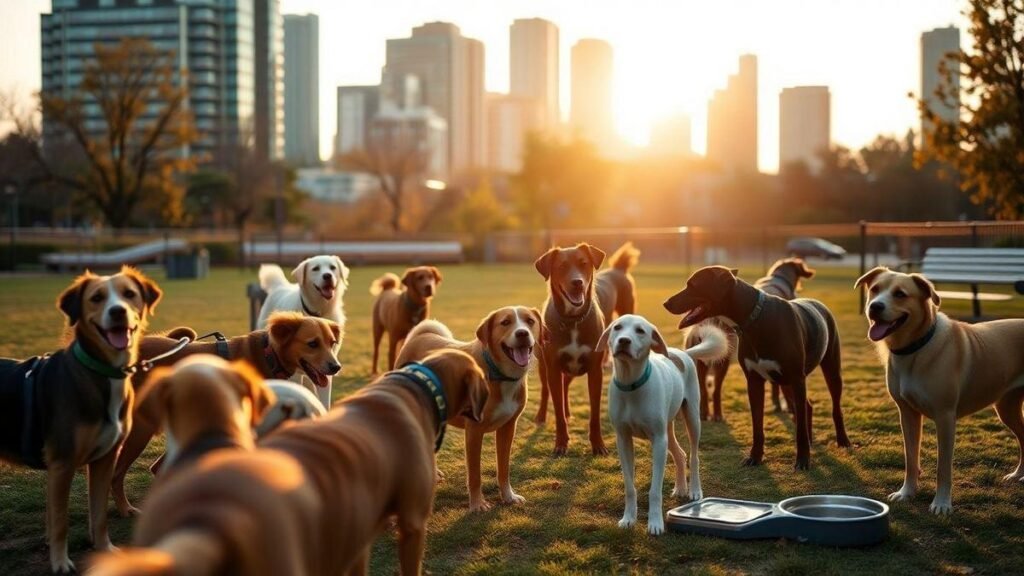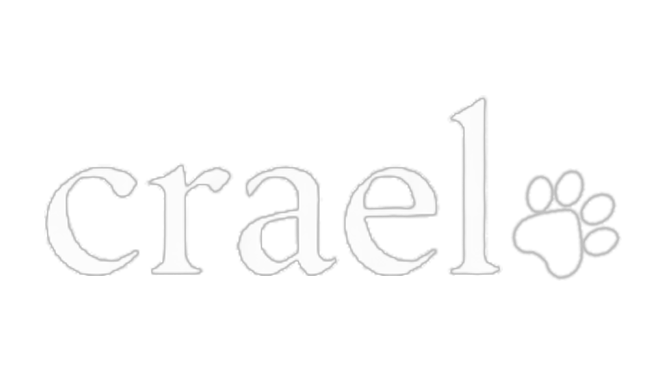Importância da socialização de cães em ambientes urbanos
I explain how socialization keeps my dog healthy and calm. I share simple steps I use to cut anxiety and prevent aggression. Short, frequent walks build leash manners and safely expose puppies during their critical window. I guide safe dog‑to‑dog meetings, read body language, and set clear rules for good public behavior. My goal is a calmer dog and a stronger bond in city life.
Key takeaway
- Help your dog stay calm on busy city streets.
- Teach gentle greetings with other dogs.
- Keep outings short and positive to avoid stress.
- Use treats and praise to build good habits.
- Watch your dog’s signals and stay patient — learn common signs in this guide to stress signals during walks.
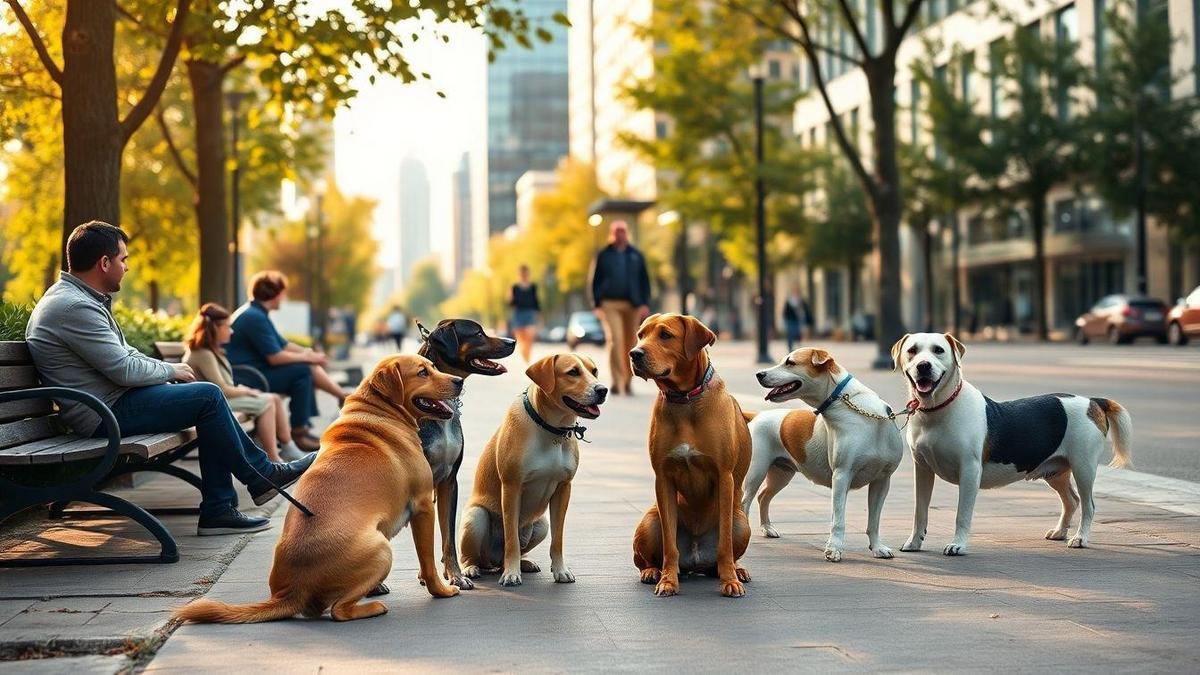
Why Importância da socialização de cães em ambientes urbanos matters
Socialization is the bridge between a fearful dog and a calm city companion. The phrase Importância da socialização de cães em ambientes urbanos captures why I spend a few minutes every day introducing new sights, sounds, and people. Building trust is essential — its techniques overlap with how to build trust with a newly adopted pet. The payoff: calmer walks, fewer reactive episodes, and a dog who trusts me when things get busy.
Urban dog socialization benefits I notice
I made socialization part of our routine to keep my dog calm and healthy. Changes were obvious within weeks: fewer lunges at strangers, calmer naps after park visits, and less worry about sudden noise.
| Benefit | What I saw |
|---|---|
| Reduced reactivity | Less barking at passersby within weeks |
| Better walks | Quieter, less stressful outings |
| Healthier play | Balanced weight and stronger muscles |
| Stronger bond | He seeks comfort from me when stressed |
I mix quiet streets with busier spots and always let him set the pace. Slow, steady exposure builds confidence.
Reducing anxiety with gradual exposure
I start small: sit outside a shop and let him watch, then extend the time. I pair new sights with treats and praise. Sessions stay short (5–10 minutes) and positive.
Steps I follow:
- Pick a low‑stress spot.
- Keep sessions short.
- Reward calm behavior immediately.
- Increase challenge slowly (more people, louder streets).
- Rest and play after each session — indoor calming strategies like creating a quiet zone for an anxious dog help recovery.
Sample 4‑week schedule:
| Week | Goal |
|---|---|
| 1 | Watch a quiet street for 5 min |
| 2 | Walk past a small group and reward |
| 3 | Short bus or tram stop visit |
| 4 | Park visit, keeping distance as needed |
If he gets scared, I back off. Over time, city noises became background music. You can also use mealtime as training opportunities — see practical tips on using mealtime to reinforce calm behavior.
Quick facts on human–dog bonding in city life
| Fact | Note |
|---|---|
| Touch matters | Gentle petting lowers stress hormones |
| Routine helps | Predictable walks reduce fear |
| Small wins add up | Five calm outings beat one long forced exposure |
| Owner calmness = dog calmness | I calm first; he follows |
A soft voice, a slow walk, and a treat after a scary sound build trust brick by brick.
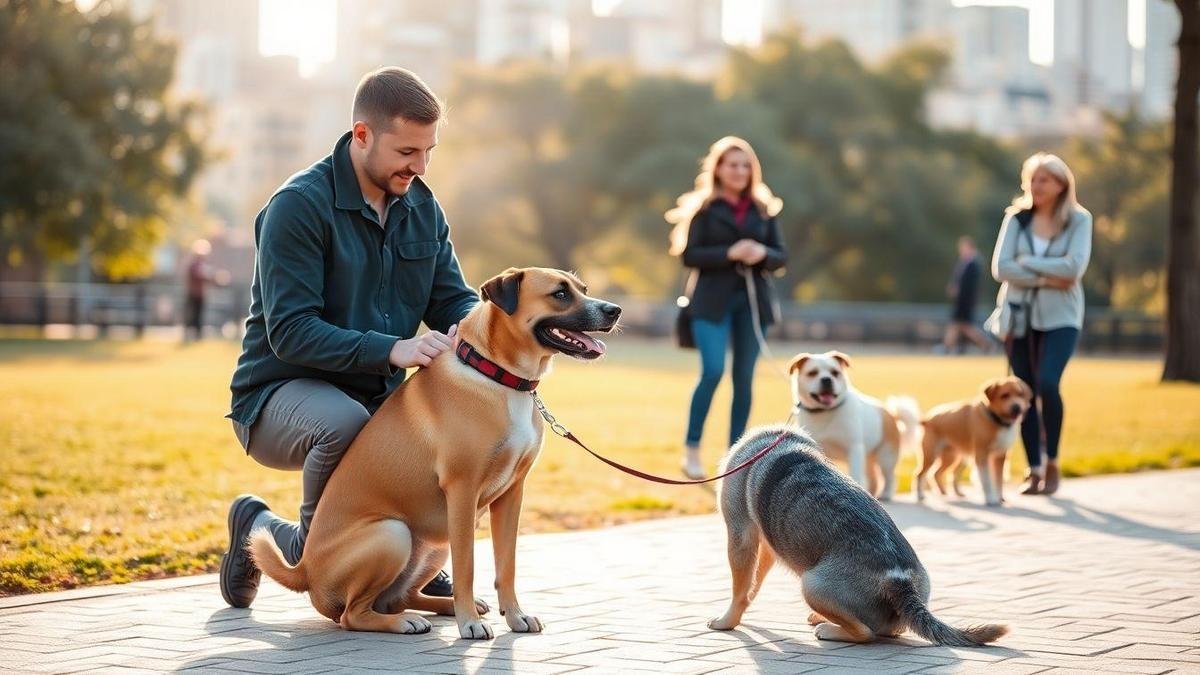
Preventing aggression: practical signs and steps
The Importância da socialização de cães em ambientes urbanos includes preventing long‑term behavior problems. I watch for early warning signs and take action before issues escalate — learn to recognize these signals in this breakdown of stress and warning signs during walks.
Warning signs I watch for:
| Sign | What I see | Why it matters |
|---|---|---|
| Stiff body | Tail and legs frozen | Tense — may snap |
| Fixed stare | Eyes locked on object | Can lead to a lunge |
| Raised hackles | Hair along back up | Stress is high |
| Growling/low bark | Throat sounds | Clear warning — take action |
| Lip lift/teeth show | Short warning before bite | Stop interaction immediately |
When I see yellow signs, I slow the meeting. Red signs mean immediate space and cool‑down. I never punish fear — punishment makes it worse.
Evidence‑based daily steps:
| Step | What I do | Quick tip |
|---|---|---|
| Controlled exposure | Walk near low‑traffic spots, then back away | Start 5–10 min daily |
| Positive pairing | Offer treats when calm around a trigger | Use high‑value treats |
| Clear cues | Teach sit, look, leave it | Start with basic obedience exercises from basic obedience training |
| Manage environment | Avoid crowded routes until ready | Plan alternate paths |
| Professional help | Call a behaviorist if needed | Early help speeds progress |
I track small wins and setbacks without blame. Progress is a zigzag, not a straight line.
Improve leash manners with steady socialization
Steady, calm socialization builds better leash manners. The Importância da socialização de cães em ambientes urbanos is clear here: city life stresses dogs, and gentle practice helps them cope. For step‑by‑step pulling solutions, I follow tips on how to train a dog not to pull.
Short, frequent walks (5–20 minutes multiple times per day) keep training fresh and limit overwhelm.
Benefits of short, frequent walks:
| Short, frequent | Long, infrequent |
|---|---|
| Keeps focus high | Can lead to bursts of energy |
| More practice chances | Harder to reset bad habits |
| Easier to add training steps | Often stressful for shy dogs |
Socialization drills I use:
- Look at Me: name, show treat, reward eye contact (5–10 reps/walk).
- Loose Leash Pause: stop when leash tugs, wait for slack, reward (5 repeats).
- Sidewalk Sit: sit at curb, reward calm wait (3–5 times).
- Sound Count: expose to one new sound, reward calm reaction (1–2 sounds/session).
Simple equipment tips:
- Use a comfortable harness and short leash for control.
- End each walk on a positive note.
- Be patient — dogs learn by tiny steps.
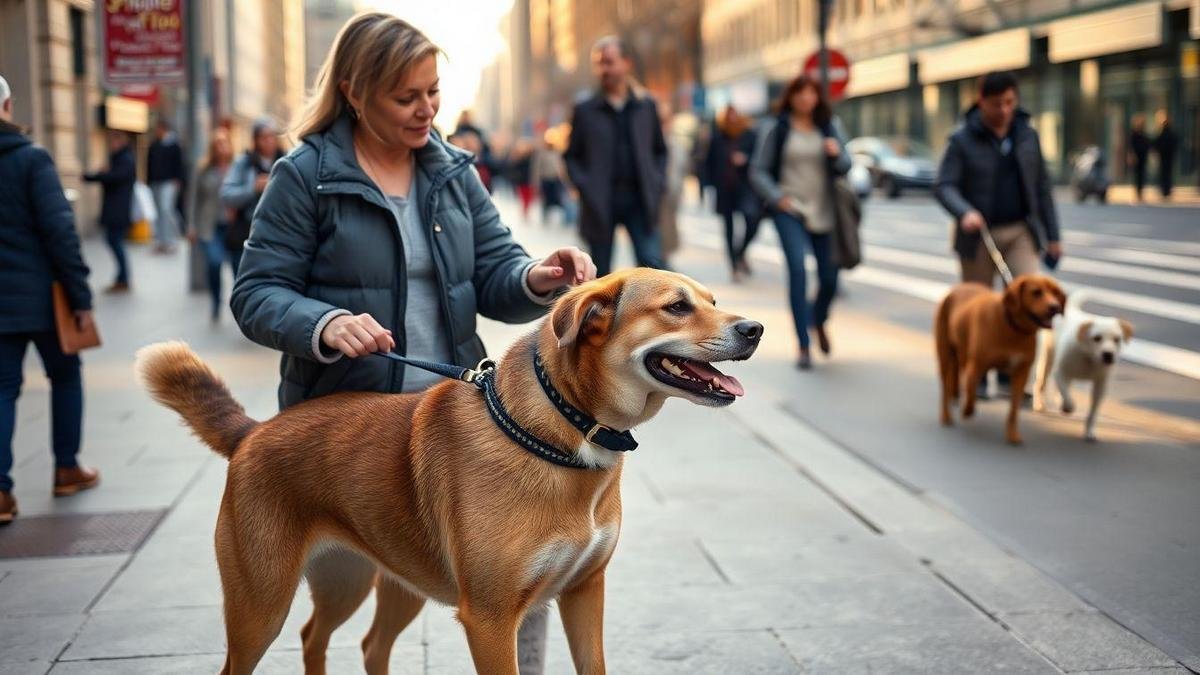
Puppy socialization in the critical window
The Importância da socialização de cães em ambientes urbanos is most powerful early. The critical social window is roughly 3–14 weeks, with intense learning from 8–16 weeks. For puppy training tips and gentle handling, I reference easy puppy training advice.
Focus by stage:
| Age | Focus | Why it matters |
|---|---|---|
| 3–7 wks | Gentle touch, litter time | Foundation for calm handling |
| 8–12 wks | New people, surfaces, quiet streets | Builds confidence with sights/sounds |
| 13–16 wks | Short visits to parks, buses, elevators | Reinforces learning and trust |
Controlled exposures I use:
| Exposure | How I introduce | Goal |
|---|---|---|
| Cars/buses | From distance, then closer over days | Comfort near traffic |
| Crowds/markets | Edge visits, leave early if stressed | Tolerate people/noise |
| Other dogs | One calm dog at a time, on‑leash | Friendly greetings — see tips for introducing a new puppy to older pets |
| Surfaces | Walk across grates, stairs with treats | Trust different textures |
| Bikes/scooters | Pause, treat, repeat as they pass | Calm when things whiz by |
| Elevators/doors | Step in for seconds, step out, reward | No panic in small spaces |
Practical puppy rules:
- Start at a safe distance and make it fun.
- Keep sessions 3–10 minutes.
- Use high‑value treats for big noises.
- Let the pup approach people or dogs — never force.
- Repeat exposures across days.
- End each outing on a positive note.
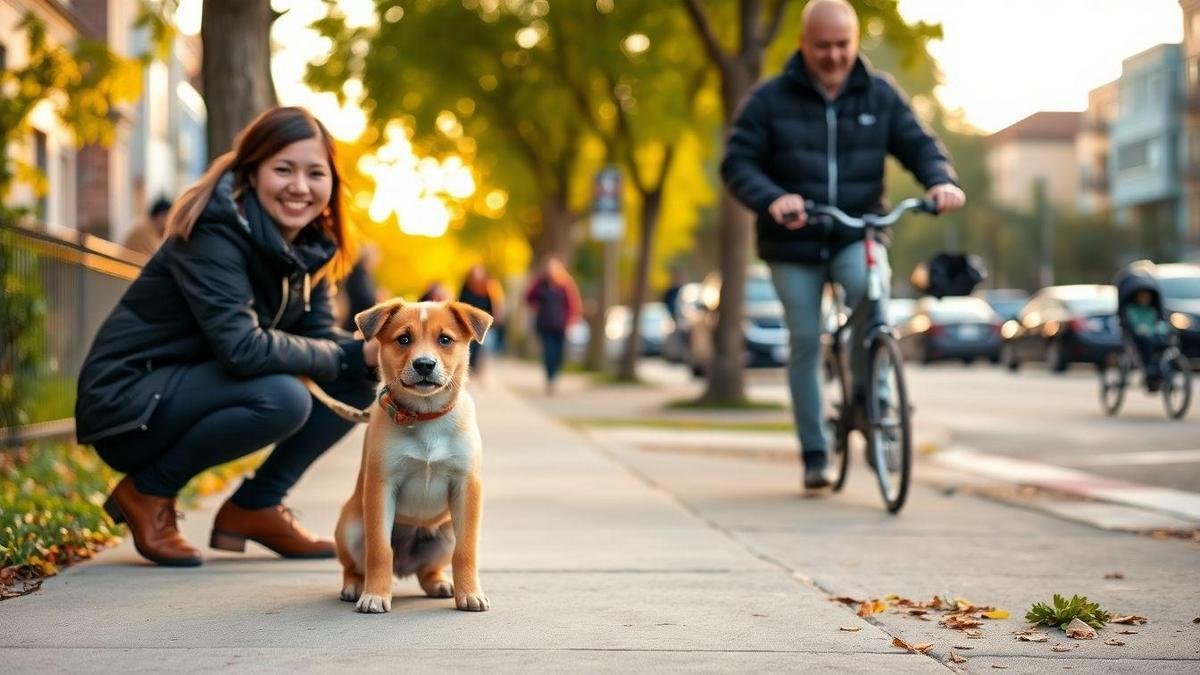
Dog‑to‑dog interaction: supervised, calm meetings
I keep meetings short, calm, and supervised. Pick a quiet spot, use a secure leash, and let approaches be voluntary.
Rules I apply:
- Distance first. Start where both dogs are relaxed.
- Short meetings. Keep first contacts brief.
- Leash control. Keep leash loose but ready.
- Owner calm. Speak in low tones — dogs mirror you.
- No forced contact. Let them choose to meet.
- Reward calm. Treat relaxed posture, not jumping.
- Stop at stress. End at the first clear sign of worry.
Reading body language:
| Signal | Meaning | Action |
|---|---|---|
| Loose body, soft eyes, low wag | Friendly/relaxed | Move closer slowly, reward |
| Stiff body, fixed stare, tail high | Tense/alert | Give distance, redirect |
| Lips pulled back, whale eye | Stress | Pause and offer break |
| Raised hackles, growl | Warning | End interaction, create space |
These rules reflect the real Importância da socialização de cães em ambientes urbanos: dogs who learn calm greetings cope better with city life.
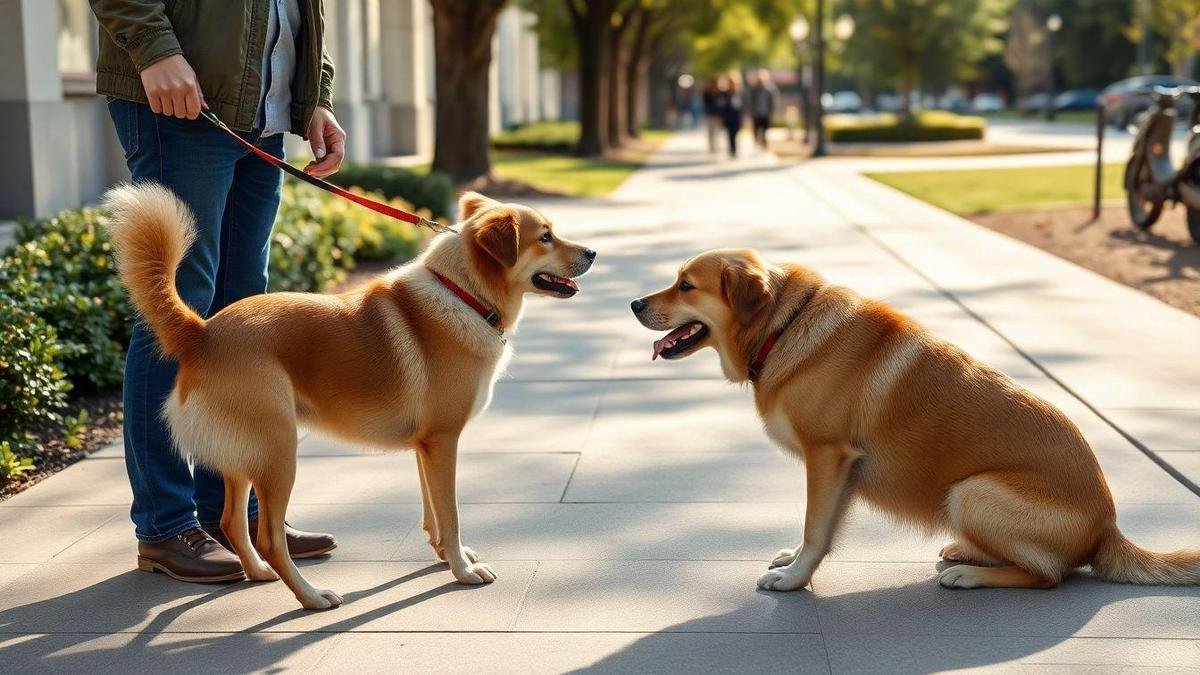
Preventing long‑term problems and strengthening our bond
Early, simple daily habits pay off. Short sessions, steady exposure, and positive reward build trust fast and cut stress. Environmental enrichment matters for a dog spending time alone or recovering after outings — consider ideas from environmental enrichment for dogs alone and choose engaging toys like those on interactive dog toys to fight obesity.
My routine:
- 5‑minute training before the walk.
- A calm walk with two quiet sniff stops.
- Play or puzzle toy at home.
- Consistent bedtime and quiet rest time.
I log small metrics to measure progress (reactive episodes, time to settle, eye contact length, distance tolerated near traffic). Seeing numbers fall keeps me motivated. If you want a specific settle cue, practice the techniques in teaching your dog to settle on command.
Measurable benefits of Importância da socialização de cães em ambientes urbanos
| Benefit | What I measure | Example |
|---|---|---|
| Less reactivity | Reactive episodes per walk | Dropped from 5 to 1 in 3 weeks |
| More calm | Time to settle after a walk | From 10 min to 3 min |
| Better focus | Seconds of eye contact | From 2s to 10s in 5‑min session |
| Confidence near traffic | Distance tolerated from noise | Now within 2 m of busy roads |
Small, repeatable steps add up to real change.
Conclusion
Socialization is the bridge between a fearful dog and a calm city companion. The Importância da socialização de cães em ambientes urbanos shows up in quieter walks, stronger leash manners, fewer reactive episodes, and deeper trust. Use short, steady exposures, watch body language like traffic lights (green = go, yellow = pause, red = back off), and reward calm. Do a little every day — let your dog set the pace — and the noise of the street will fade to background music.
If you want more tips and real‑life examples, read more at: https://blogcraelo.com
Frequently asked questions
Q: Why is socializing a dog in a city important?
A: The Importância da socialização de cães em ambientes urbanos is safety, calmer walks, and fewer conflicts. Socialization helps dogs tolerate traffic, crowds, and noisy environments.
Q: How often should I socialize my dog in urban areas?
A: Short sessions daily (5–15 minutes) work best. Small wins add up.
Q: My dog is shy. How can I help?
A: Move slowly, use high‑value treats, let your dog set the distance, and never force interaction. For calming routines and space management at home, see how to create a quiet zone and review common stress signals in this stress guide.
Q: Will socialization calm barking and traffic fear?
A: Gradual exposure paired with rewards reduces fear. Consistency matters. Support training with enrichment and interactive toys as described in environmental enrichment and interactive toy resources.
Q: Where should I start socializing my dog in the city?
A: Quiet parks, puppy classes, and calm sidewalks at off‑peak times are ideal starting points. For puppy‑specific steps and class ideas, check easy puppy training tips.

